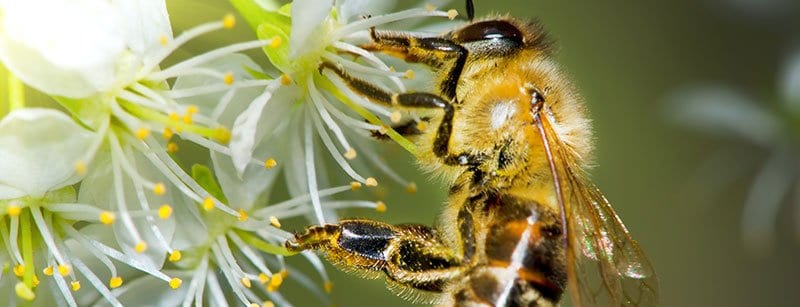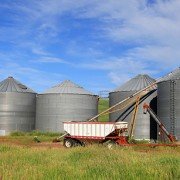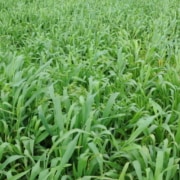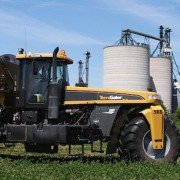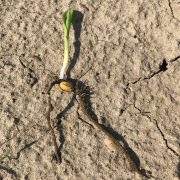Proper handling of treated seed goes a long way
Farmers are well known to be excellent stewards of the land. By following recommended Best Management Practices (BMPs) when planting your insecticide-treated seed, you’re helping support both healthy crops and healthy bees.
Here are some BMPs to employ during and after planting:
During planting:
-
Avoid transfer of dust from the seed bag into the planter.
-
Manage your lubricants:
-
Requirements from the Pest Management Regulatory Agency (PMRA) stipulate that the only acceptable seed lubricant for use with corn and soybean seed treated with neonicotinoids (such as Cruiser Maxx® Corn or Cruiser Maxx® Vibrance® Beans) is a dust-reducing agent. Carefully follow use directions for this seed flow lubricant and consult your seed retailer for details.
-
Graphite may continue to be used as a mechanical lubricant in finger pickup or mechanical type planter meters only. Graphite must not be used in pneumatic (vacuum meter) planters when the corn or soybean seed has been treated with an insecticide.
-
-
Plant at the recommended seeding rate.
-
Check headlands, rough areas and the main body of the field for exposed seed. If areas of exposed seed exist, harrow and roll the field to cover seed with soil.
-
Be aware of wind direction when planting near a source of pollen or nectar for bees (i.e. near flowering crops or weeds).
After planting:
-
Vacuum treated seed from the seed box and return it to the bag from which it came.
-
Do not leave empty bags or left-over treated seed in fields. Collect empty seed bags and seed box lubricant containers and dispose of them in an appropriate manner.
For more information about bees and other Best Management Practices, visit www.beehealth.ca.
Source: Syngenta Canada Inc.

